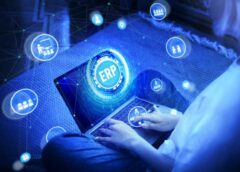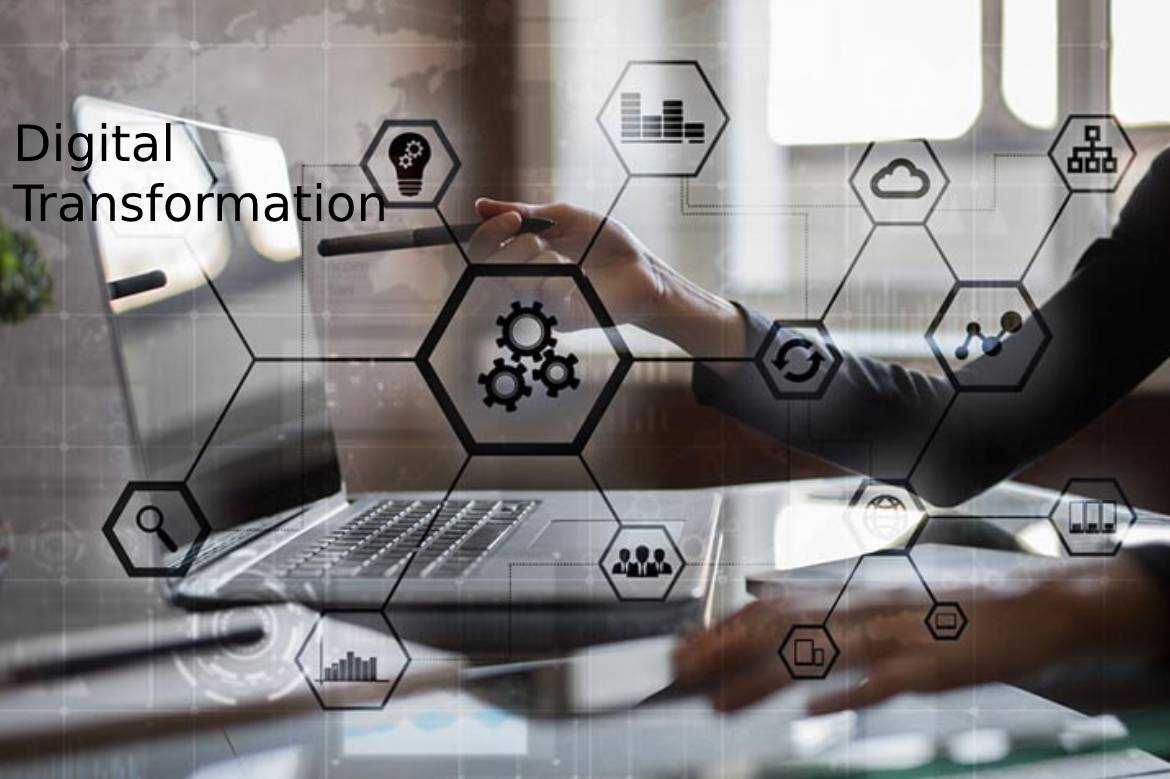Table of Contents
How The Print Business Becomes Sustainable And Profitable
While new technologies are constantly optimizing production in the printing industry, the business processes of many companies have changed only insignificantly in recent years. Because manufacturing costs have decreased, overhead costs have a larger share of unit costs.
The problem lies in the resources used. Machines are a matter of course for printers, while the software is just a necessary evil. Business management tasks are often done with software that originated in the nineties. But suppose you want to survive as a print service provider in the age of digitization. In that case, you have to understand the value of software and its importance for business success and change your investment behaviour accordingly.
Today, the software-supported optimization and automation of business processes are essential to maintaining a long-term, sustainable, and profitable printing industry.
What Is An ERP II System?
ERP II or ERP 2 systems are second-generation ERP solutions and help companies with new digitization technologies to make business processes more efficient and improve profitability. This means existing sales are achieved with less effort, or more sales are generated with a fixed budget.
What Do We Understand In Principle By An ERP System?
An ERP system is business software that can be used to plan and organize all the resources involved in the company. The information about finances, personnel, production, materials management, controlling and sales are brought together in databases and linked with one another. All administrative, dispositive, and controlling activities are controlled by integrating the entire financial and merchandise management data and processes.
The forerunners of ERP systems emerged in the 1960s as material requirements and production planning tools (Material Requirement Planning – MRP I). They were expanded into material planning, and control systems (Material Resource Planning – MRP II) in the 1970s and are now used in practically every company with different focuses. With its cross-company functions, SAP was practically the first natural ERP system.
Since companies in different industries differ significantly, there are now global applications from SAP, Oracle and Microsoft, and many specialized ERP solutions for individual industries.
Typical Functions Of An ERP system Are Above All :
- Materials management
- logistics
- Production Planning and Control
- Finance and accounting
- Controlling
- Human resource management
- Research and Development
- Sales and marketing
- Master data management
- CRM
- Document management
Print MIS As An Industry-Oriented ERP System For The Printing Industry
In the 1990s, software was developed for the printing industry to plan and calculate the production of a print product based on business and production-related data. The technology was based on the then-emerging Management Information Systems (MIS), which served the management as database-supported solutions for controlling and steering the company.
These “graphic MIS systems” or “Print MIS systems” have been expanded over time with additional functions to merchandise management systems to record master data and generate offers, orders, delivery notes and orders. In business administration, the term MIS is now out of date, which also points to the dilemma of classic print MIS systems.
The Dilemma Of Graphic MIS Systems
Classic ERP and also graphic MIS solutions are not based on the functions and possibilities of the Internet. Their architecture is usually monolithic, i.e. closed and based on the company’s mapping in an organizational structure. Instead of registers, archives, calculators and typewriters, each area is provided with digital functions and data-supported information.
However, the operational process remains unchanged. And so, Print MIS systems represent a typical craft business and provide the necessary information and tools precisely for this. Even if these systems can now also use online technologies in manageable areas – due to their structure, they can never take full advantage of the significant advantages of the web.
How To Print Service Providers Benefit From ERP 2
Modern, new ERP systems are based on online technologies and are consistently based on the new possibilities of the web. They are called ERP II systems, i.e. second generation ERP systems, leading to complete digitization of business processes.
But What Are The Outstanding Properties Of ERP 2 Systems?
Individual, Optimized Processes
First of all, ERP II systems are process-oriented. Data and functions can be linked to form process chains. The system no longer specifies the workflow but instead maps the optimal process. Unnecessary work or unnecessary information is excluded and only the people needed are used.
Automatic Completion Of Recurring Tasks
ERP II systems enable the definition of decision parameters in connection with automatic services. This means that the ERP II system can independently carry out recurring tasks based on defined conditions. In the best-case scenario, the system makes decisions independently and carries out activities. Only decision-relevant activities have to be carried out by people.
Usable At Any Time, Everywhere
ERP II systems are browser-based. This creates two main advantages: The system is available for registered users anywhere and anytime and on different devices – whether on the PC in the company, the tablet in production, the laptop at home or the mobile phone on the go. At the same time, interfaces and work areas can be quickly and easily customized for the various users and their applications without changing the essential software.
Networked And Integrated
ERP II systems can be wholly networked, and data and functions can be made available to external systems just as they can integrate external software functions and information themselves. In business terms, this means the integrated exchange of customers, suppliers, departments and partners who work with different systems. The high level of transparency and straightforward communication in the network make collaboration considerably easier.
This Must Be Taken Into Account When Investing In ERP 2
Digital competence
For digitization, digital know-how must also be built up in the company
Process management
The optimization of processes is an ongoing task and must be organized strategically.
Including customers
The focus is not only on one’s processes. Those who improve their customers’ purchasing processes make themselves irreplaceable.
Including partners
It is essential to work with colleagues, sub-suppliers and other partners. It can be considered standardized and improved by an ERP II system.
Also Read: BLOCKCHAIN TECHNOLOGY WILL CHANGE THE FINANCIAL ECONOMY




